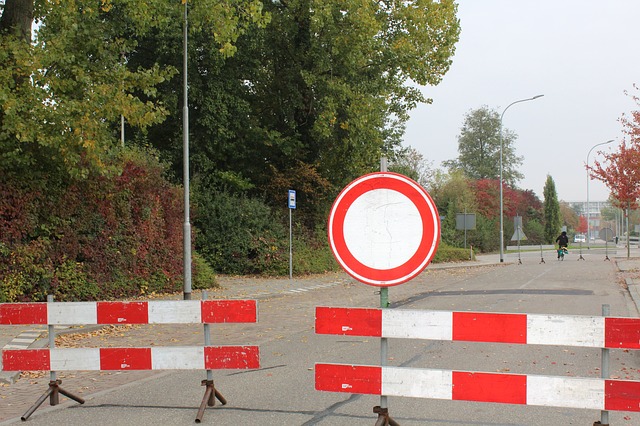 Influencer marketing has evolved into a mainstream PR and marketing strategy and may have even more room to grow. Yet a new survey reveals significant frustrations with the strategy. Concerns over disclosures, fake followers, control of content and especially analytics damage confidence in influence marketing and may hinder its future growth, according a survey of 200 marketers by influencer marketing platform Buzzoole.
Influencer marketing has evolved into a mainstream PR and marketing strategy and may have even more room to grow. Yet a new survey reveals significant frustrations with the strategy. Concerns over disclosures, fake followers, control of content and especially analytics damage confidence in influence marketing and may hinder its future growth, according a survey of 200 marketers by influencer marketing platform Buzzoole.
The top challenges in implementing effective influencer marketing campaigns are measurement (45%), fake followers (20%) and control of content (14%), reveals the survey of 200 marketers produced in partnership the Drum Studios. Only 12% of marketers use an influencer marketing provider’s in-house measurement tool. Almost of half of marketers surveyed (42%) say they lack the right tool to measure the effectiveness of their influencer campaigns
“The question of measurement remains a marketer’s single biggest challenge to increasing influencer investment. Unless brands can make meaningful comparisons between influencer investment and other media, the industry will not move from test-and-learn to a firm line item on a media plan,” said Ian Samuel, chief commercial officer at Buzzoole.
Technology-based Solutions
Technology-based influencer marketing platforms, which offer superior analytics than the more traditional PR or agency approach, offer a solution, Buzzoole asserts. With better reporting and measurement, better tools and technology, a better understanding of content control and a stricter approach to transparency, fraud and bad behaviors, influencer marketing can only grow in influence.
Many experts recommend social media measurement tools to determine the value of influencer marketing and demonstrate its value to management. Social media measurement tools can identify ideal influencers for brands, what content they share, how widely their content spreads across the digital landscape, and how they improve public sentiment toward the brand.
An increased reliance on contracts that require influencers to report analytics can help brands better measure influencer marketing results.
The Problem with Fraud & Transparency
Fraud and lack of transparency also create headaches for marketers. Some influencers purchase fake followers to enhance their prestige and demand higher payments from advertisers. Some influencers don’t always appropriately reveal that their product endorsements are paid advertisements.
The Buzzoole survey indicates that:
- Despite the prevalence of fake followers, only 15% of marketers think it’s worthwhile to invest in fraud detection solutions.
- 46% do not feel current advertising and industry guidelines for influencer posts are sufficient for transparency.
- An overwhelming 86% say influencer marketing needs to be regulated.
- 42% say brands are not transparent with audiences in how they work with influencers.
- 67% admit “being left in the dark” over how influencer fees are calculated.
Unilever has publicly urged the industry to unite to combat fraud and increase brands’ ability to measure the impact of influencer marketing. Fake followers, bots and other dishonest business practices threaten to erode trust and ruin the entire sector, Unilever warned.
“Trust comes on foot and leaves on horseback, and we could very quickly see the whole influencer space be undermined,” Unilever CMO Keith Weed, told Reuters. “There are lots of great influencers out there, but there are a few bad apples spoiling the barrel and the trouble is, everyone goes down once the trust is undermined.”
Bottom Line: Too little measurement and transparency and too much fraud threaten to squash the growth of influencer marketing. Sophisticated measurement tools and increased vigilance against unethical behavior can re-energize influencer marketing.
William J. Comcowich founded and served as CEO of CyberAlert LLC, the predecessor of Glean.info. He is currently serving as Interim CEO and member of the Board of Directors. Glean.info provides customized media monitoring, media measurement and analytics solutions across all types of traditional and social media.




